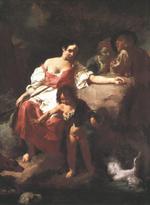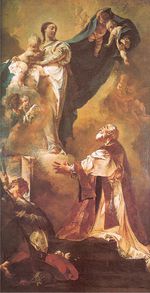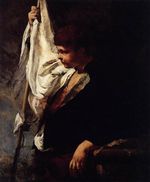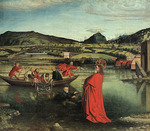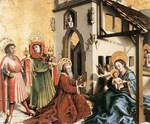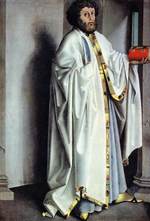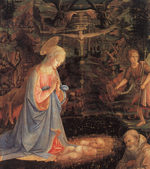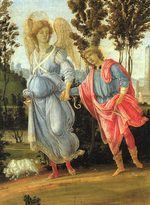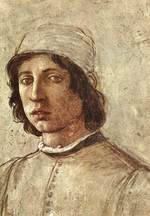Featured Artist at the e.Gallery: Ernst Heinrich Haeckel

|
Featured Artist at the e.Gallery this week is a 19th Century artist, Ernst Heinrich Haeckel [German, 1834-1919] Link: http://fineart.elib.com/fineart.php?dir=Alphabetical/Haeckel_Ernst_Heinrich Ernst Haeckel, much like Herbert Spencer, was always quotable, even when wrong. Although best known for the famous statement “ontogeny recapitulates phylogeny”, he also coined many words commonly used by biologists today, such as phylum, phylogeny, and ecology. On the other hand, Haeckel also stated that “politics is applied biology”, a quote used by Nazi propagandists. The Nazi party, rather unfortunately, used not only Haeckel’s quotes, but also Haeckel’s justifications for racism, nationalism and social darwinism. |
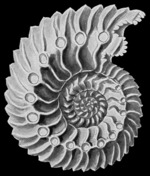 Ammonite |
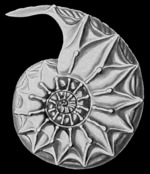 Ammonite |
 Brachiopoda |
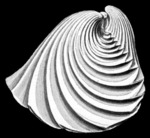 Brachiopoda |





